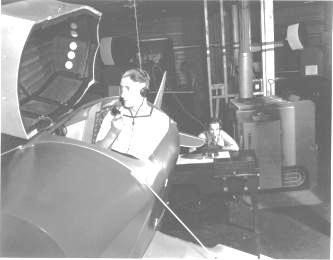History was made at the airdrome in April 1941 when, for the first time, pilots of the Fleet Air Arm were graduated in Canada. This was the first course to arrive on December 30, 1940. Its number had been changed from No. 3 to No. 5 in March. Their arrival had been heralded by a story in the Toronto Star.
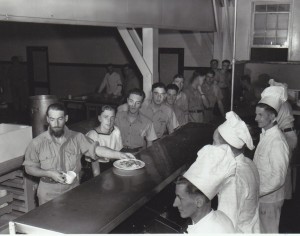
One of the young men making news was A/LA David Makeig-Jones whose father, Capt. Wm. Makeig-Jones, went down with his ship, the aircraft carrier COURAGEOUS, in September 1939. The other was bearded A/LA H. H. H. Popham, the son of Sir Henry Popham, governor of the Windward Islands in the Caribbean.
The F.A.A.: G. F. Birch, Middlesex; D. J. Bunyan, Portsmouth; P. J. Congdon, Derbyshire; *J. I. Cruickshank, Aberdeen; D.A.Dick, Devon; J.A. Dowling, London; W.E. Elliott, Kent; L. V. Godfrey, London; J. Harris, Yorkshire; J. M. Henry, Essex; *M. Holdsworth, Yorkshire; A. J. Hunt, London; H. B. Lister, Leeds; *L. G. Lloyd, Cheshire; D.T. Makeig-Jones, Devon; *T. G. Matthias, Wales; P. G. Mercer, Bournemouth; M. H. Meredith, Eire; P. K. Nias, Surrey; *J. H. Nihill, Lincolnshire; *J. S. Pagdin, Yorkshire; H. H.H. Popham; T. E. Rogers, Middlesex; B. W. Rose, Edinburgh; J.D. Sayer, London; C.A. Stroud, Middlesex; A. J. Thomson, Hertfordshire; R. Turrall and F. E. Wheeler of Middlesex. (*See In Memoriam addendum) LAC graduates were: A. A. Barrie, Devonshire; R. B. Bowran, Wales; W.G. Cornelius, Cornwall; J.G Francis, Kent; A.W. May, Essex; H.Taylor, Yorkshire; J. C. Trigg, Surrey; and R. H. Kistner of Stratford, Ont.
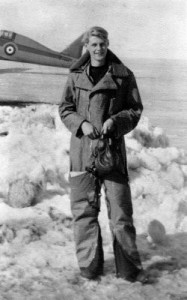
Lieutenant(A) Michael Holdsworth, R.N.F.A.A.
Graduated April 1941- Killed 17 August 1944.
A. T. S. NURSERY RHYME
~~~~~~~~~~
Ten pupil pilots sitting in a line
One forgot his undercart, and then there were nine.
Nine pupil pilots hadn’t long to wait:
One saw amber change to red; and then there were eight.
Eight pupils pilots didn’t watch the revvin’:
One got his plugs oiled up; and then there were sevvin’.
Seven pupil pilots tried to make a fix:
One forgot the windspeed; and then there were six.
Six pupil pilots went into a dive:
One forgot his trimming gear; and then there were five.
Five pupil pilots of those that went before:
One didn’t see the “T”; and then there were four.
Four pupil pilots flying “33”:
One got tired of pumping; and then there were three.
Three pupil pilots still hoping to get through:
One broke a tailwheel; and then there were two.
Two pupil pilots, formatting in the sun:
One forgot the slipstream – and now there’s only one.
One pupil pilot still lives the tale to tell:
Making tracks for England like a bat right out of hell!
H. H. H. P.
POET PILOT IN FLEET AIR ARM
18 APRIL 1944
INSIDE ADMIRALTY
LIEUT (A) H H H POPHAM, RNVR, IS A FLEET AIR ARM PILOT WHO HAD TO SPEND WEEKS OF IDLENESS IN HOSPITAL AFTER A FLYING ACCIDENT. HE TOOK TO WRITING AND POETRY AND WON 150 POUNDS WITH HIS EFFORTS.
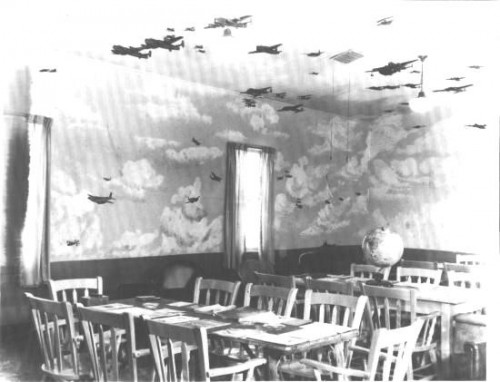
For most of the period of operation, the length of training for the Fleet Air Arm was sixteen weeks. It had been fourteen weeks for a period of time but in England it was discovered that the pupils required extra training. The pupils worked very hard and ground school included classes in seamanship, navigation, armament, signals, aircraft recognition, ship recognition, aeroengines, aerodynamics, plus Link trainer practice. A goal of a minimum of 100 hours flying time, half solo time, was established.
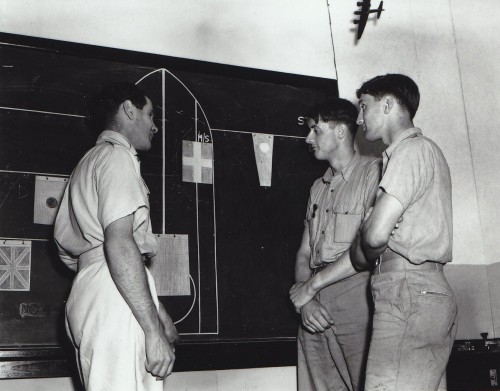
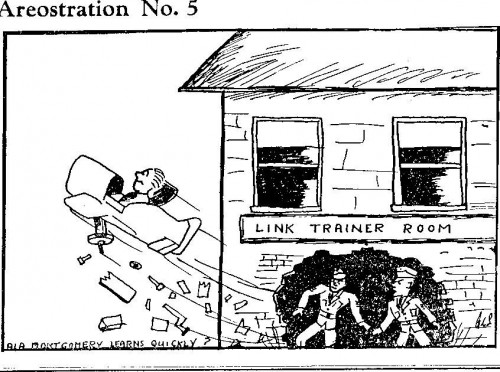
Another link to Gananoque was the stubby-winged Link Trainer. It was a flight simulator used in pilot training and was a crucial test of a recruit’s suitability for pilot training. It sat on legs on the floor and could be moved by an instructor to simulate flight. Pupils who lacked coordination, who became extremely frustrated when maneuvering the trainer, or who became airsick, were generally washed out.
